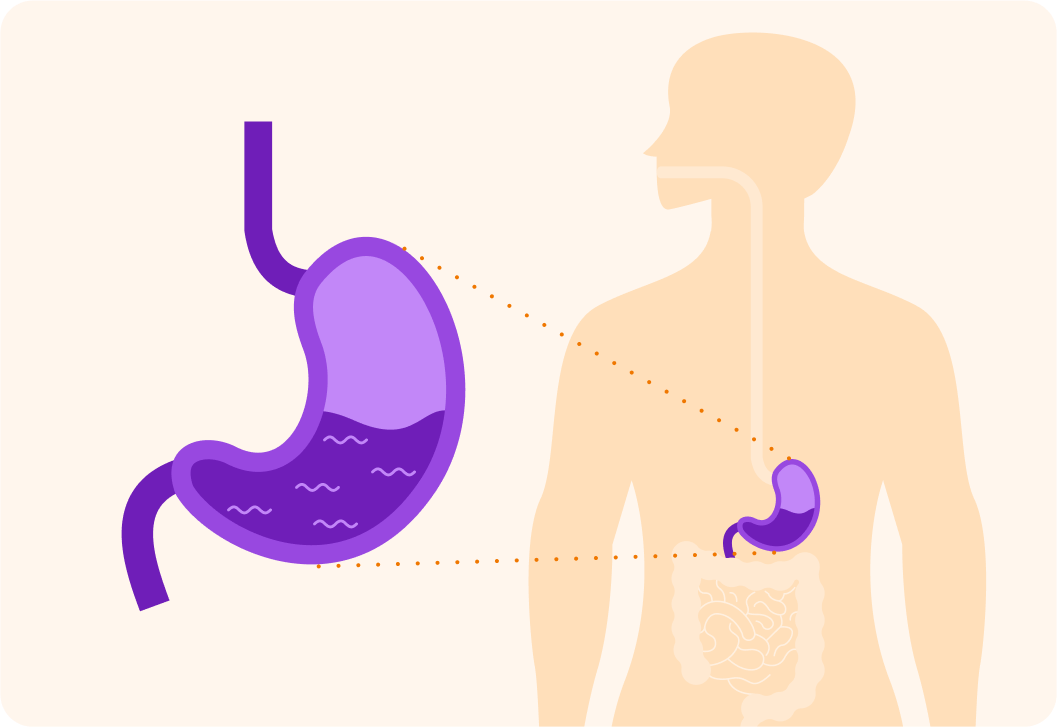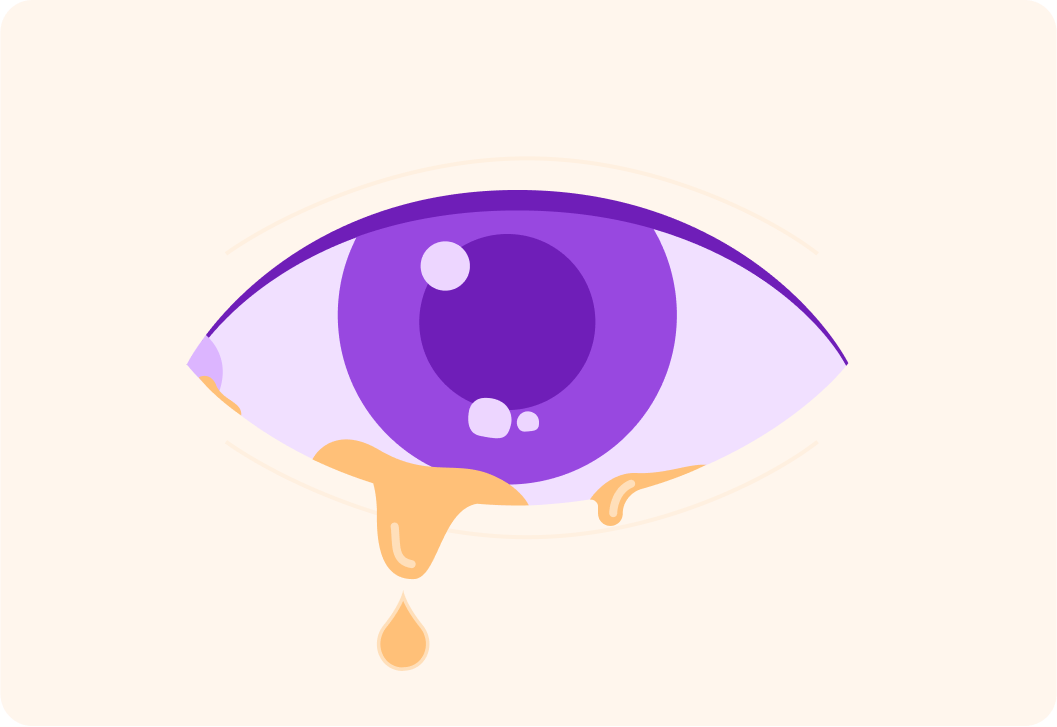YOU ARE LEARNING:
Chemical Barriers

Chemical Barriers
Chemical barriers help to destroy pathogens rather than just trap them. They include lysozymes in tears and hydrochloric acid in the stomach.
Chemical barriers, unlike physical barriers, actually destroy pathogens, instead of just preventing them enter the body.
Which of these do you think are chemical barriers?

You can select multiple answers
The two main forms of chemical barriers are hydrochloric acid in the stomach, and lysozymes in your tears.
Along with physical barriers, such as the skin, chemical barriers make up what form of defence against pathogens?

The stomach has a very strong acid in it called hydrochloric acid.
Hydrochloric acid is strong enough to dissolve certain metals, like magnesium!

Our stomachs are designed to be resistant to our stomach acid, but what do you think hydrochloric acid does to the pathogens that enter the stomach?
A) It traps them. B) It kills them. C) Neither, it is not strong enough.
Answer A, B or C.


Where do you think pathogens that make it to the stomach could have come from? Pick all the options you think are correct.

You can select multiple answers
When you get something in your eye, you might start to _________.


Produce a lot of tears is how your body naturally tries to remove objects that have entered the eye.
These tears also have enzymes called lysozymes in them to help protect us from pathogens.

Lysozymes destroy pathogens. How do you think they do that?
A) By causing them to expel their DNA. B) By converting them to human cells. C) By breaking down their cell walls.
Answer A, B or C.


What might occur if lysozymes fail to kill all the pathogens?

Pick the correct statement below.

To recap!
Physical and chemical barriers are our non-specific first line of defence against pathogens.
Non-specific means they will protect against a variety of microorganisms. They won't target a single type of pathogen.
The two types of barriers work together.
Physical barriers such as mucus may trap pathogens, and pass them to the chemical barriers such as the hydrochloric acid in the stomach which will then kill them.
Sometimes, however, pathogens make it past these defences!
Luckily, the body is prepared with a second line of defence, which we will look at in later lesson on the immune system.
